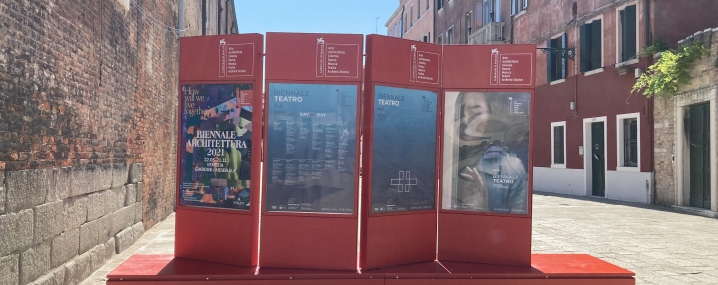Naples
Naples is the capital city of the Campania Region and Province of Naples, and is one of the largest cities in Italy. Covering an area of over 1,000km², its densely populated metropolitan area of around 4 million people sprawls along the Mediterranean coast and up the surrounding mountains. Naples is the third biggest city in Italy after Milan and Rome. It is a major terminal for cargo vessels as well as for tourism ships: its port is one of the most important in the Mediterranean Sea.
The ancient city and its surrounding area have many historical and cultural attractions. Naples has a rich heritage, and its entire historic centre has been listed as a UNESCO World Heritage Site since 1995. The city’s tourism and cultural sectors have seen significant growth in recent years.
Naples has Italy’s fourth most important economy but it has been suffering from the economic crisis in recent years, particularly its manufacturing and crafts sectors. The recession has caused a sharp rise in unemployment, to around 18%. Most people with jobs work in services, many of them in the public sector. However Naples has the advantage of a relatively young population with a higher birth rate than in the rest of Italy. Unlike other major Italian cities, it has a relatively small migrant population. Some 98.5% of inhabitants are Italians.
Naples has long had a problem with organised crime and corruption. Some areas of the city suffer poverty and urban decay. These difficult neighbourhoods are in the historic centre as well as the former industrial districts (east and west Naples), and the northern ‘ghetto’ quarters of public housing built in the 60s. Since 2004, Naples has been pursuing a new town planning scheme that aims to invest in restoring its heritage and developing the environmental landscape and architecture.
SOME RELATED NETWORKS
URBinclusion
USEAct
Article
Governing commons, is it even possible?
Article
Nine ways cities can become more just and inclusive
News
News from our cities and networks – 16 July 2021
News
News from our cities and networks – 11 June 2021
News
News from our cities and networks – 21 May 2021
| M | T | W | T | F | S | S |
|---|---|---|---|---|---|---|
|
|
|
|
1
|
2
|
3
|
4
|
|
5
|
6
|
7
|
8
|
9
|
10
|
11
|
|
12
|
13
|
14
|
15
|
16
|
17
|
18
|
|
19
|
20
|
21
|
22
|
23
|
24
|
25
|
|
26
|
27
|
28
|
29
|
|
|
|







